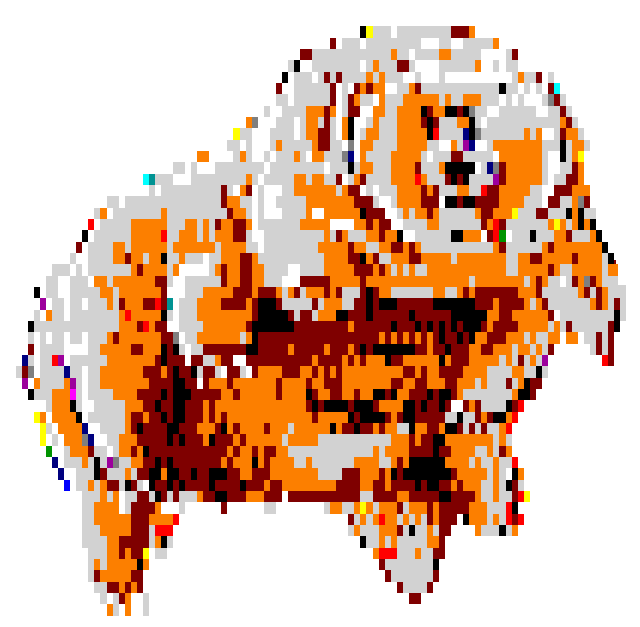
ascii version by bamboo (minus background)
The hot new concept among academic new media mavens is "the blockchain." Rhizome.org is pushing this heavily, as they did earlier with Facebook, as a technology the radical left should be comfortable with. See, for example, this article linked from their (browser-crashing) front page.
The article makes a strange, slightly incoherent case for why Bitcoin, a utopian technology of the libertarian right, should appeal to artists.
Bitcoins are "mined" by performing cryptographic calculations, so an underground industry of server-farm-resembling stacks, thousands of them, sucking hydrocarbon power, have sprung up in what Tolkien might have called "the dark places of the Earth." The article is accompanied by intrepid documentary video footage of a shady third world bitcoin mine (these clips have everything but a VHS tape of "Simple Jack" playing in the background). The article explains this quasi-criminal enterprise:
These industrial mines are a visceral reminder that the work of Bitcoin, despite its being an abstract, invisible tender, is physical. They are also a reminder that this is a global competition organized around fairly amoral principles in an unregulated field. May the most ingenious and ruthlessly efficient win. Individual enthusiasts mining on their home computers have given way to entrepreneurial miners, brute-force extracting the bitcoin pool, capped at 21 million.
Which sounds awful. And yet, the article explains, the same Silicon Valley forces that brought you liking and poking are also interested in it: "Risk-takers from Peter Thiel to Mark Andreesen to the Winklevoss twins are betting that Bitcoin can and will become the basis for future exchange."

What possible creative uses can be made of this borderline-criminal-meets-Winklevoss technology? Turns out, the article isn't talking about art, it's mainly interested in e-commerce. For visual art, several examples are mentioned, couched in the language of finest vaporware:
A few evolving architectures, built atop the blockchain, seem poised to serve artists. Organizations like Ascribe, Mine, Monegraph and Ethereum all believe solutions to the license management problem lie along the blockchain. Mine is an application using the blockchain’s digital signature protocol as proof of ownership, linking the meta-data fingerprint of a digital work with its creator. Another contender is Monegraph, first presented at Rhizome’s Seven on Seven Conference: a tool for digital creators to produce a license for their work’s use. Currently, a creator can upload their .PNG, .JPG or GIF, set a license contract that binds the buyer and owner, and claim a username to publish to one’s personal public catalog, all along the blockchain. The system takes management of blockchain transactions out of the equation, with the ultimate goal of creating a thriving digital art-marketplace. Ascribe goes a step further, helping digital artists use a cryptographic ledger (the bitcoin blockchain) to register original work, verify provenance, and securely transfer of ownership of works to galleries.[emphasis added]
And finally, music. Again, we're not talking about "blockchain techno," this is more like some kind of Napster for crypto-heads:
Peertracks is one front-end (a centralized gateway) for this blockchain. It is a space where fans can store their artistcoins and where artists can crowdfund. Fans can get better prices on merchandise depending on how many artistcoins they have. It gathers peer-to-peer recommendations and playlists.
Am guessing art and music will continue to be made, consumed, and even sold without yet another technologically-overdetermined system being put in place. We're all looking for something we can live with, post-Snowden, but this probably isn't it.